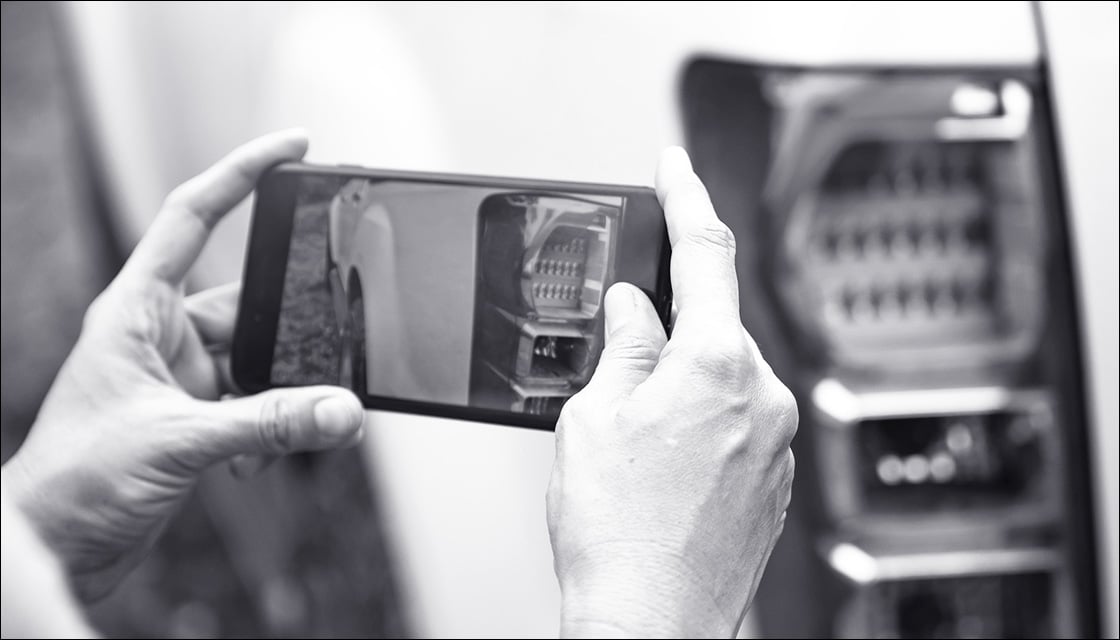
Recently, I was reflecting on my time working in the insurance industry. My experience began in 2003 with an introduction to the unconventional world of the London Market, as seen through the architecturally magnificent Lloyd's building wrapping the archaic Lutine Bell signifying the ancient origins of the market.
But the bell wasn't the only ancient thing. For a technology architect, the reams of paper contracts (the bedrock of the process) were ripe for digitisation and automation, so I found myself working on software for automating this flow. When I returned to Australia a few years later, I joined Suncorp to work on transforming the claims business model programme. It was serious process re-engineering — not just looking at automating an existing process but also looking at how to get a quantum improvement, including automation.
So why reflect on this? There are exciting things happening at Guidewire, with claims solutions. Specifically, automation is at the core and is built around the feedback we’ve received from our customers and the insurance community. This feedback is an ongoing loop, and we’d appreciate the help of knowledgeable claims practitioners, including those in Australia, to guide us in our research. If you’re interested, please take this screening survey. One of our user experience researchers will review your responses and reach out to you.
What do you need to do automation well? Start with a robust domain-aware process engine, one in which you’re not starting with a blank slate. Working with claims? You need a process engine that knows what a claim is and its lifecycle.

You also need decision-making expertise. Every step in the process is a transition that requires some logic or rules to decide the next action. These can be simple rules looking for the presence of data, rules driven by analytics, or even passing to a claims handler when something novel needs a decision. You can learn more about this by watching Reshma Mani’s Guidewire Claims Autopilot Deep-Dive session (Guidewire Connections, November 2021) and/or reading our 5 Essentials for Delivering a Modern Claims Experience e-book.
"But wait!" I hear you say. "That process engine needs to interact with the core system!" Fortunately, the Guidewire Application Events Service, described in architect Mark Bolger's blog post, makes it easy for Claims Autopilot to respond to events occurring in ClaimCenter and just as easily take action in ClaimCenter through its Cloud APIs, which are described (along with Guidewire's comprehensive approach to integration) in Chris Vavra's blog post “Cloud Integration Framework: The Right Tools for the Job.”
How You Can Help
However, we all know that there are nuances to every claims process. In Australia, there are not only the typical issues of automating lodgement, assessment decisions, settling, or paying and closing a claim. You also need to overlay the requirements of the General Insurance Code of Practice, which is where the feedback we receive from the industry can help us localise claims automation with the requirements of the code of practice in Australia. Again, we’d appreciate your help with this by completing our screening survey. We look forward to hearing from you!